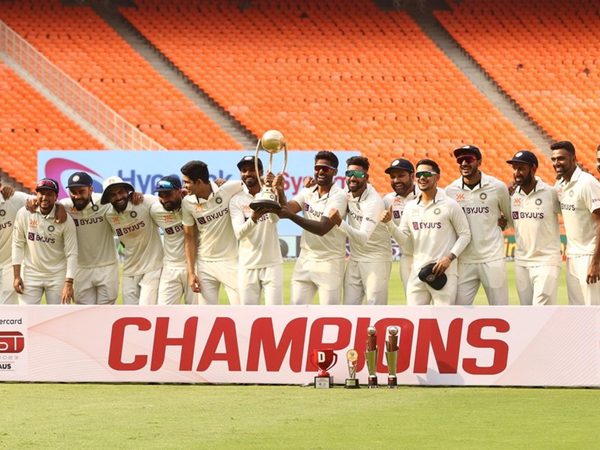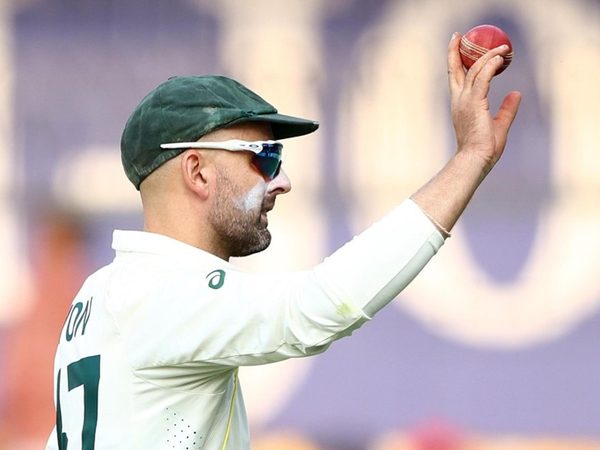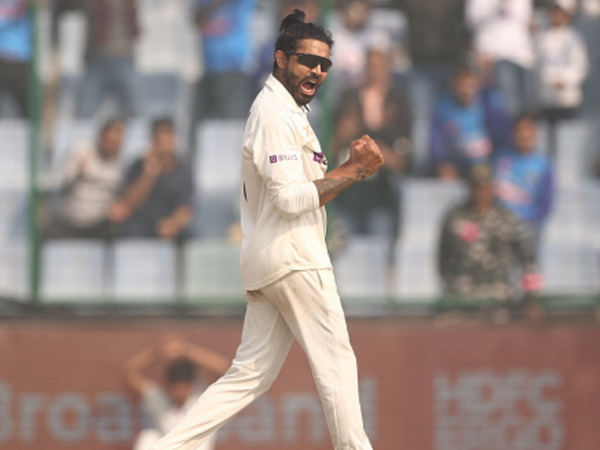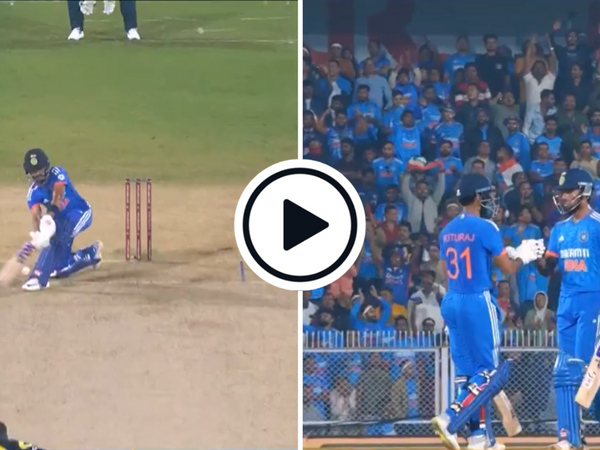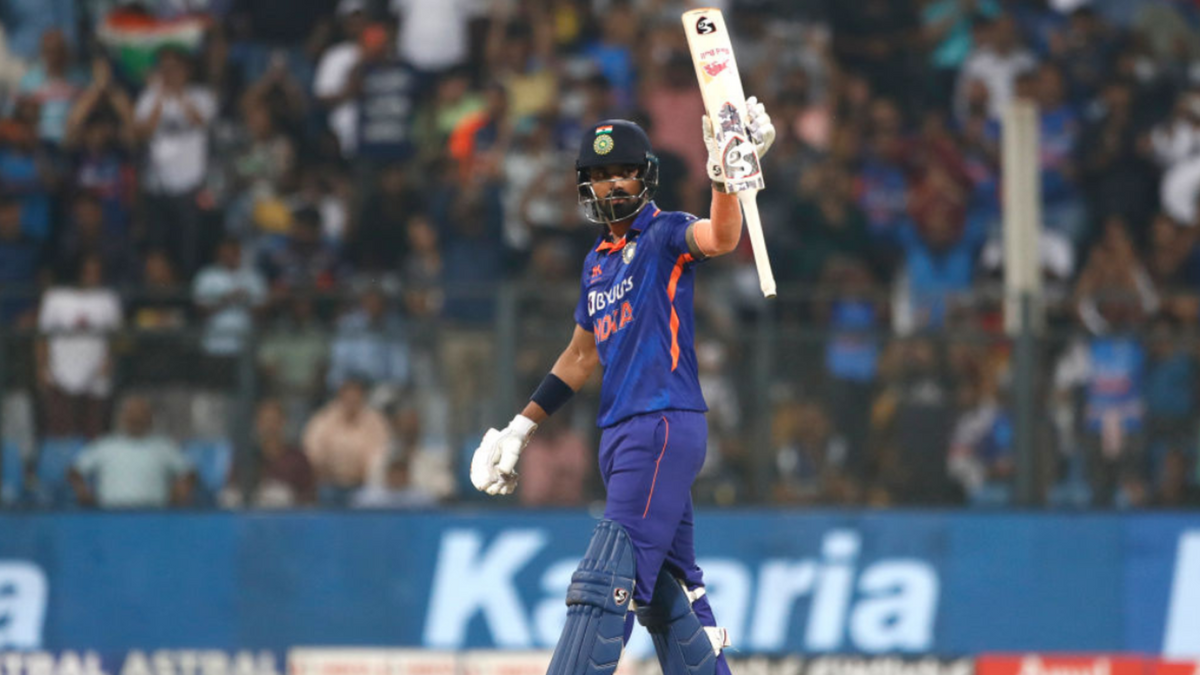
KL Rahul played a match-winning knock of 75 not out in the first ODI against Australia to take his side home from a difficult situation. Here’s a look at the potential significance of his innings.
KL Rahul is at a very strange place in his international career. Having burst onto the scene in 2014 as a technically gifted batter who had a good start to his Test career, he reinvented himself into a T20 beast within a few years plundering runs for fun in the IPL. And yet, as of today, his strongest format seems to be the supposedly dying ODIs.
Ever since he made a permanent shift to the middle order he has been consistent and versatile. So much so, that he has been the second-highest run-scorer at No.5 in ODIs since 2020, with 726 runs in 16 innings at an average of 60.50 and a strike rate of 99.86. Only Charith Asalanka has scored more runs than him in this period – 767 in 18 innings.
Rahul has scored seven fifties and one hundred batting at No.5 since 2020. Four of those eight 50+ scores have come at strike rates above 115, while only two have come at strike rates below 85, showing how well he has adapted to match situations. Which is why his innings of 75 off 91 balls yesterday (March 17) doesn’t really come as a surprise. The circumstances in which it came though, are worth looking into.
Spicy pitch
The Wankhede surface on which the first ODI was played on what turned out to be a seamers’ paradise. Mohammed Shami and Mohammed Siraj took six wickets among themselves in the first innings to bowl Australia out for what seemed like a well below-par total of 188, before Mitchell Starc come into his own at the start of the second innings.
He found appreciable shape in the air and movement off the surface and pinned Virat Kohli and Suryakumar Yadav in front off successive deliveries in the fifth over. Marcus Stoinis and Sean Abbott also got the ball to move in the air, with Stoinis dismissing Ishan Kishan with an inswinger to the left-hander in his very first over.
At 39-4 after 10.2 overs, Australia had the advantage as conditions were still helpful and India were exactly 150 runs away from the target. Rahul had been in a similar situation earlier this year at the Eden Gardens when India were 62-3 in a chase of 216 against Sri Lanka.
He did what he did there. Took his time, weathered the storm, and minimized all risk. At one point, he was on 30 off 48 balls and went on to reach his 50 off 73 balls. It was only when India came within touching distance and victory seemed imminent that he let himself loose, hitting Adam Zampa for a four and a six in the 36th over of the innings. And like his innings at the Eden Gardens, he made sure to stay until the end and see his team over the finish line.
Potential impact on WTC Final chances
India will play the WTC Final against the same opponents in England in June later this year. The conditions on offer there won’t be vastly different to was on offer in Mumbai yesterday (March 17). If fit, the troika of Mitchell Starc, Pat Cummins, and Josh Hazlewood will be steaming in and making life difficult for the Indian batters on a similarly helpful surface for the fast bowlers.
Yes, KL Rahul has been recently dropped from the India Test XI as an opener. But there are still some spots being debated and are potentially up for grabs, particularly in the middle order.
KS Bharat didn’t set the world on fire with his performance in the Border Gavaskar Trophy and there are some talks about Rahul potentially replacing him as the wicketkeeper. While that is a remote possibility, India could also consider playing Rahul as a pure batter in the middle order in place of Shreyas Iyer with Bharat retaining his spot as the wicketkeeper, given Rahul’s quality and Iyer’s vulnerability against high pace and short balls.
Whatever happens, the bottom line is that Rahul has done himself a world of good with this crucial innings in difficult conditions. It can tempt the Indian management to find a way to accommodate him in the XI for the WTC Final and that wouldn’t be the worst thing for India, or for Rahul. It has the potential to lead to his second coming in Test cricket.

